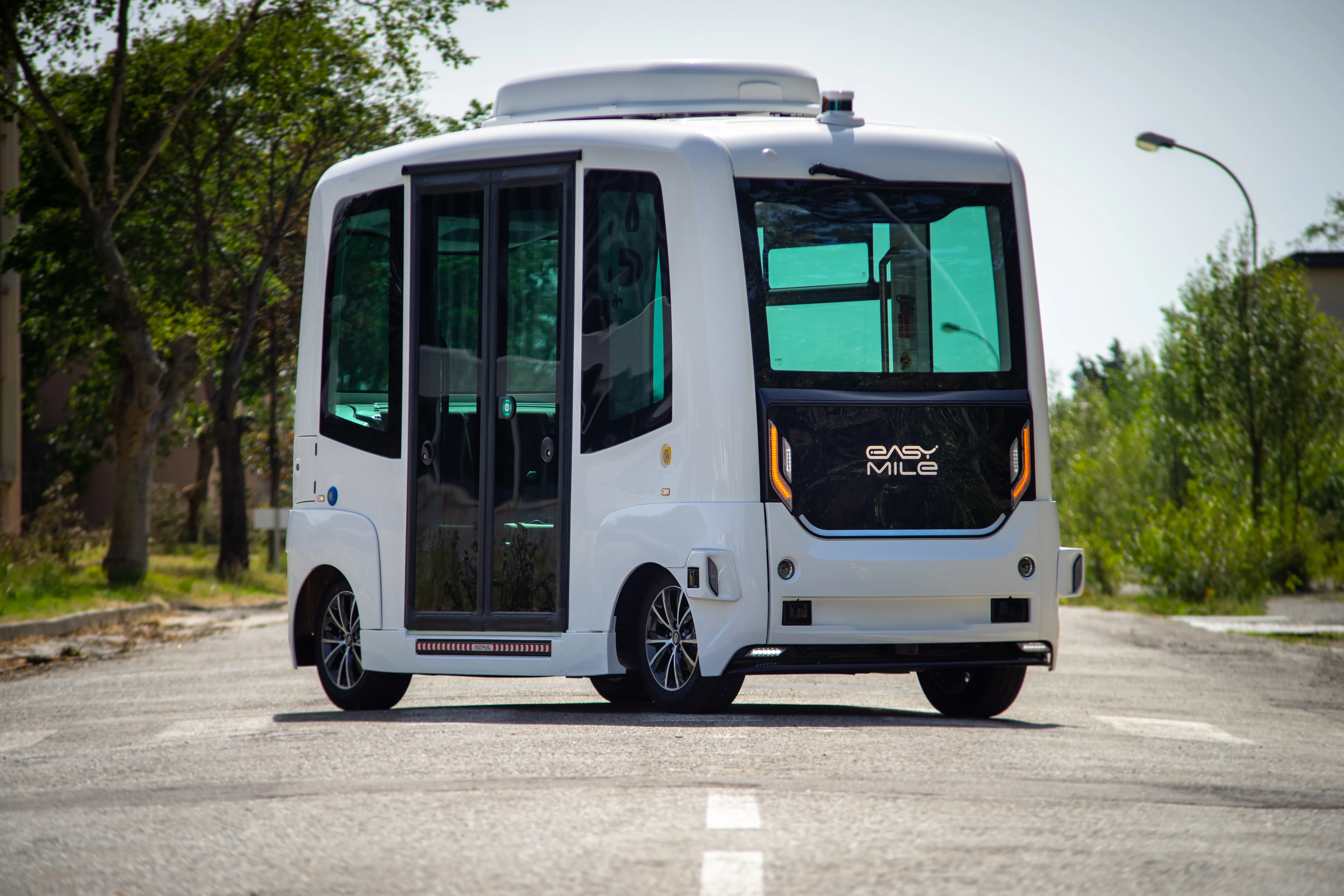Large scale, real-life, high profile V2V and V2I trials in both the United States and Germany are are catching the headlines, putting ITS in the limelight after more than a decade of procrastination, according to ABI research. The US DoT Safety Pilot program involves 3,000 vehicles in Ann Arbor, Michigan. In Germany, 120 vehicles in the simTD project (Safe Intelligent Mobility, test- field Germany) will roam the Rhine-Main region until the end of the year and will be focused on traffic, road safety, and ef
August 30, 2012
Read time: 2 mins
Large scale, real-life, high profile V2V and V2I trials in both the United States and Germany are are catching the headlines, putting ITS in the limelight after more than a decade of procrastination, according to 5725 ABI Research.
The US DoT Safety Pilot program involves 3,000 vehicles in Ann Arbor, Michigan. In Germany, 120 vehicles in the simTD project (Safe Intelligent Mobility, test- field Germany) will roam the Rhine-Main region until the end of the year and will be focused on traffic, road safety, and efficiency experiments. In particular, situations will be tested where no direct line of sight between the vehicle and its environment is present - such as traffic jams, emergency braking, and accidents ahead or situations happening round corners. Optimized traffic light control systems for improved traffic flow will also be tested. Major contributors include2069 Daimler and 278 Ford, the latter providing 20 S-MAX models. Funding for simTD amounts to €53 million - with the German Federal Ministry of Economics and Technology; the Federal Ministry of Education and Research; the Federal Ministry of Transport, Building, and Urban Affairs; and the state of Hessen as major contributors.
During the ITS World congress in Vienna later this year, the7023 Car2Car Communication consortium will organize demos based on DSRC communication technology on the 45km test-field route around the motorway junctions A2/A23-A4-S1 in Vienna.
The US DoT Safety Pilot program involves 3,000 vehicles in Ann Arbor, Michigan. In Germany, 120 vehicles in the simTD project (Safe Intelligent Mobility, test- field Germany) will roam the Rhine-Main region until the end of the year and will be focused on traffic, road safety, and efficiency experiments. In particular, situations will be tested where no direct line of sight between the vehicle and its environment is present - such as traffic jams, emergency braking, and accidents ahead or situations happening round corners. Optimized traffic light control systems for improved traffic flow will also be tested. Major contributors include
During the ITS World congress in Vienna later this year, the









